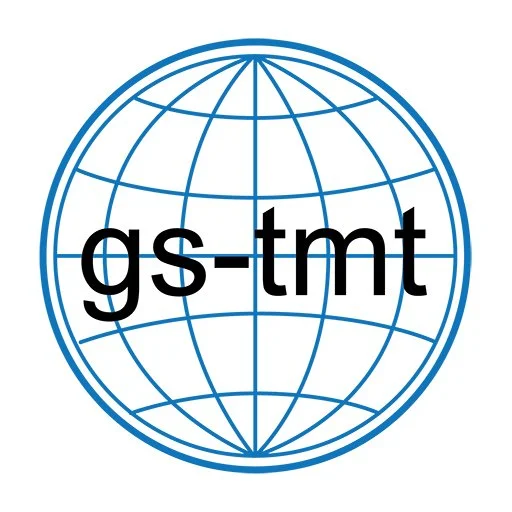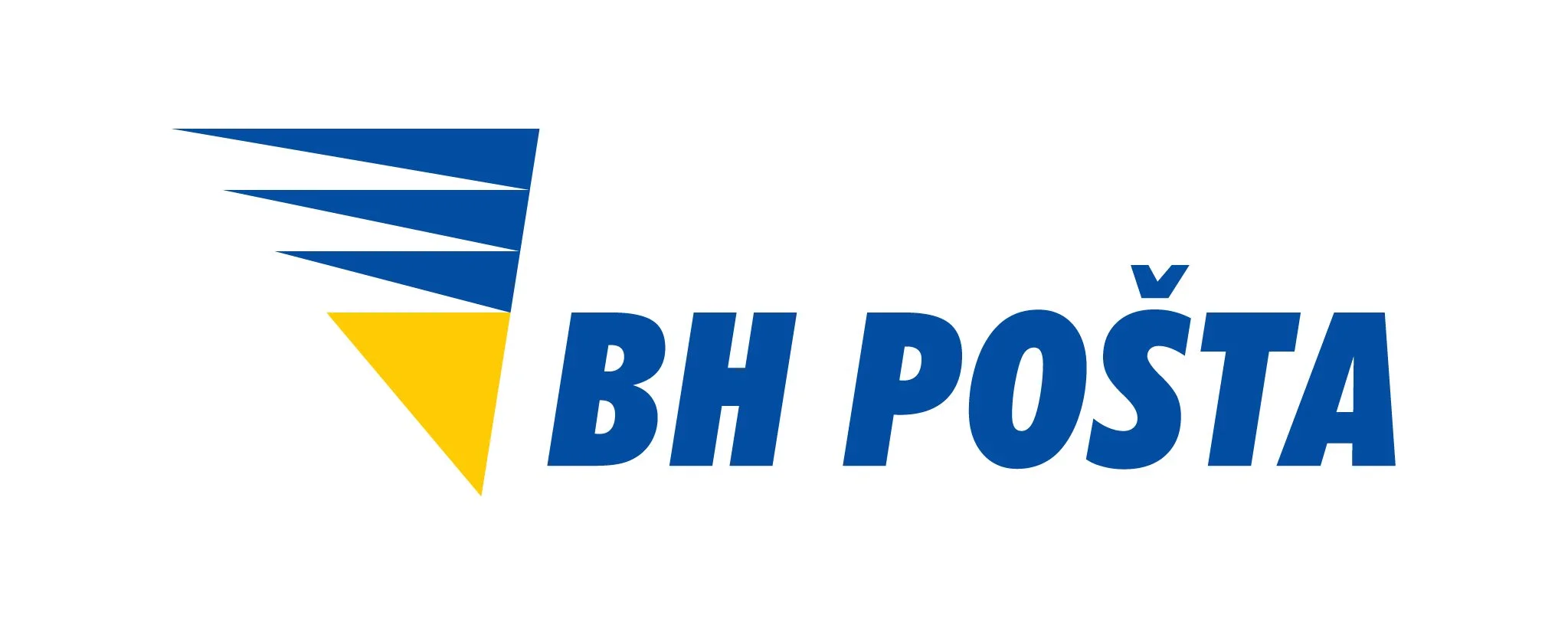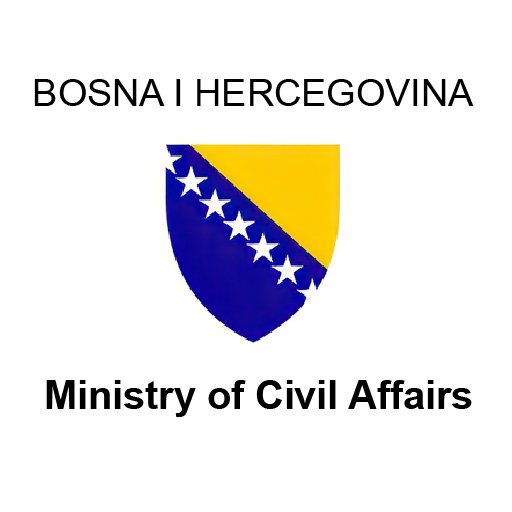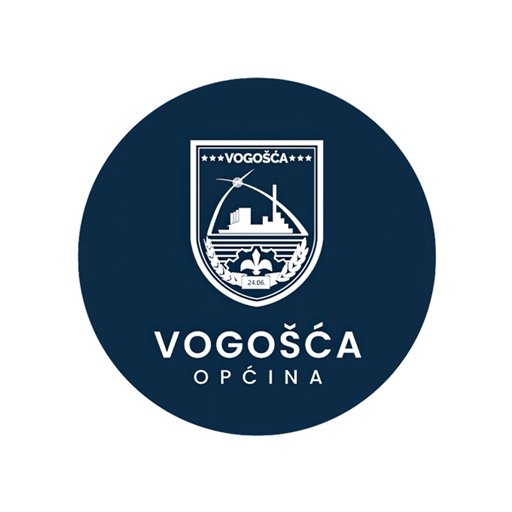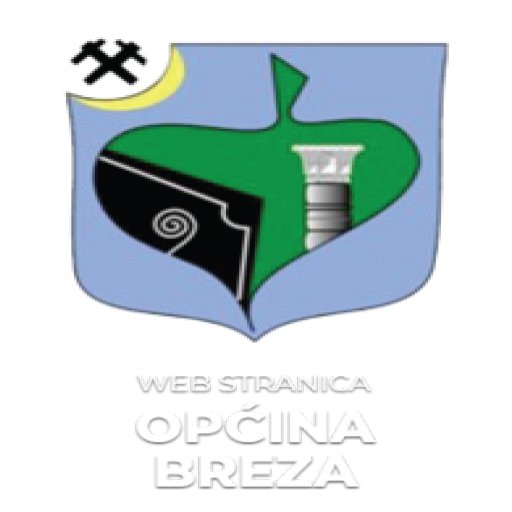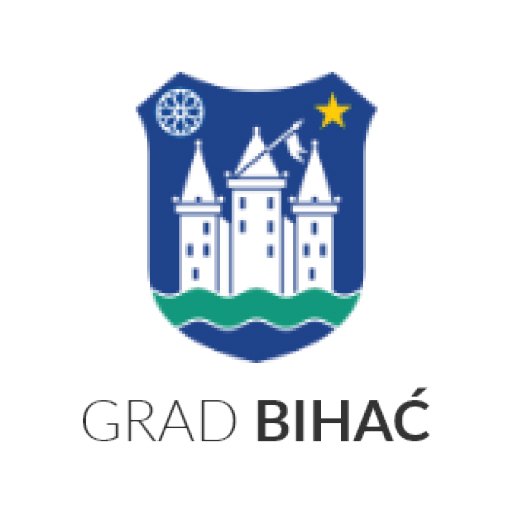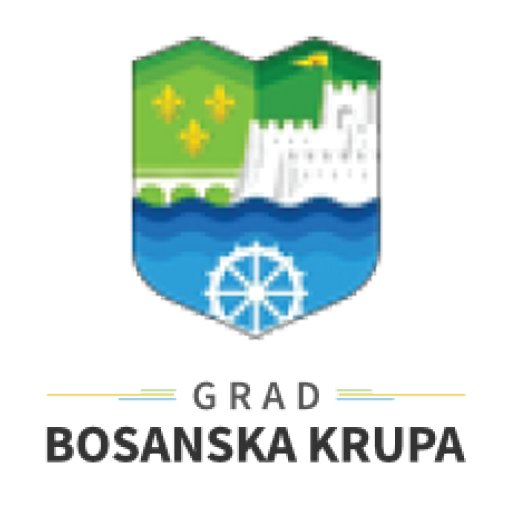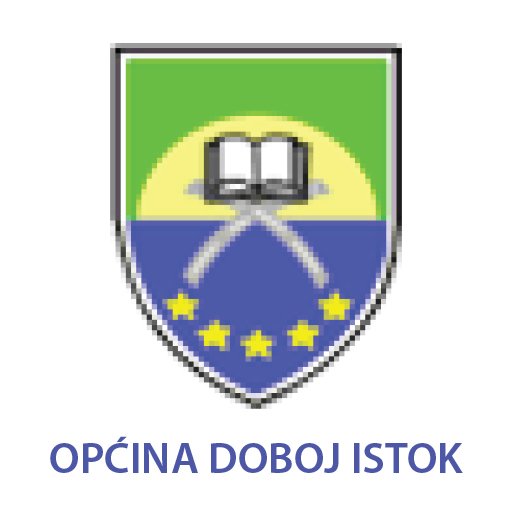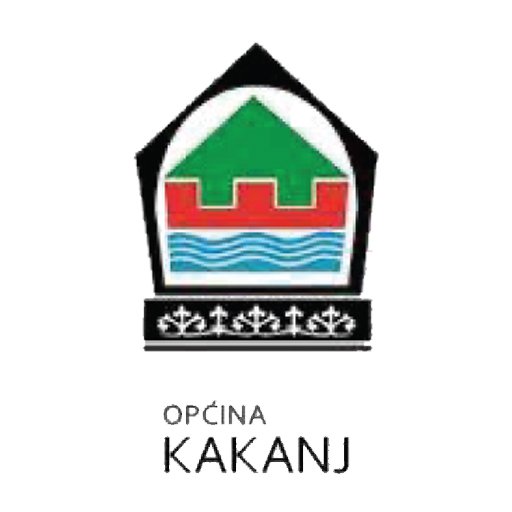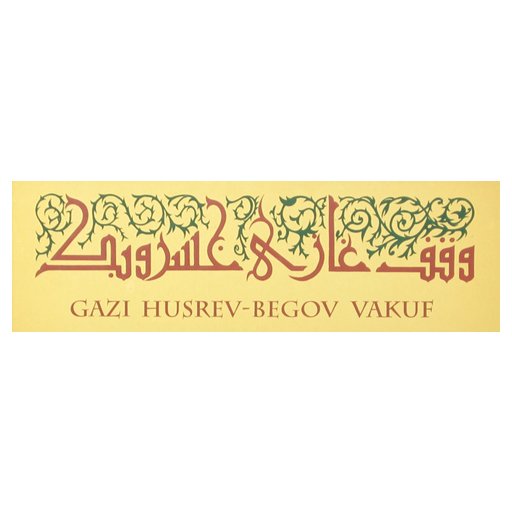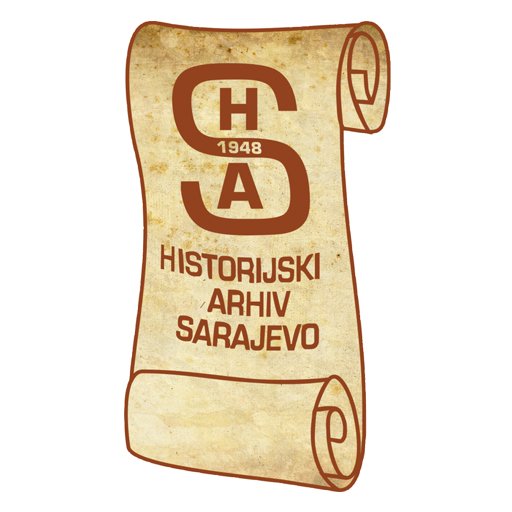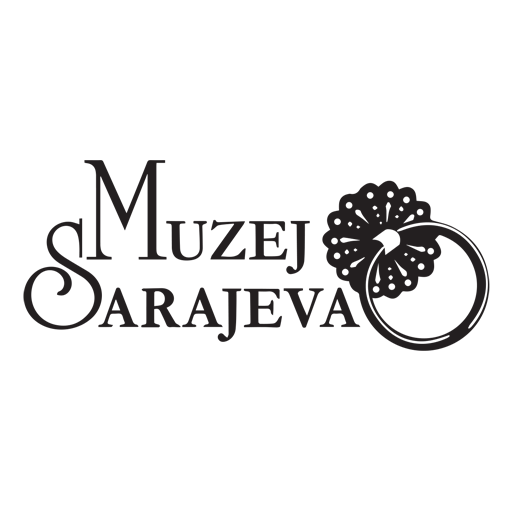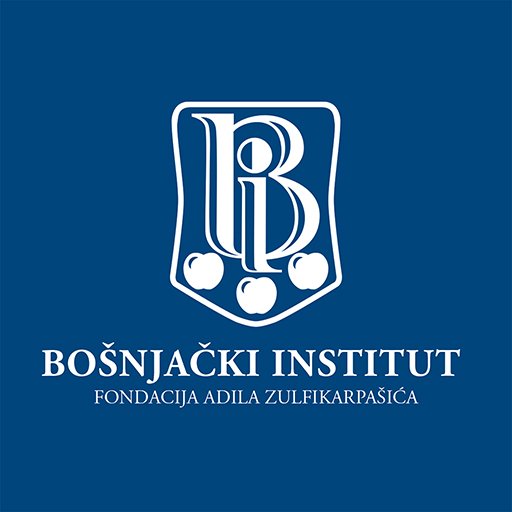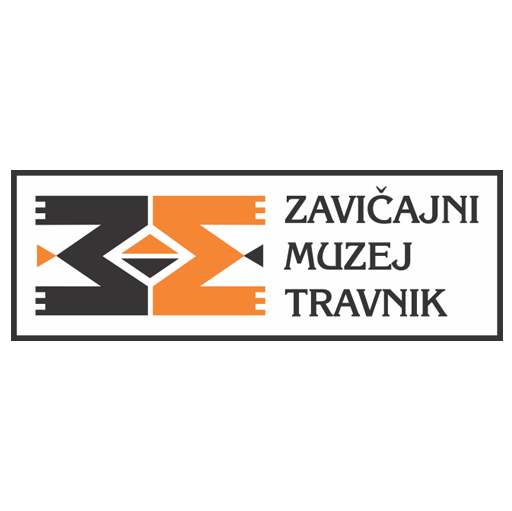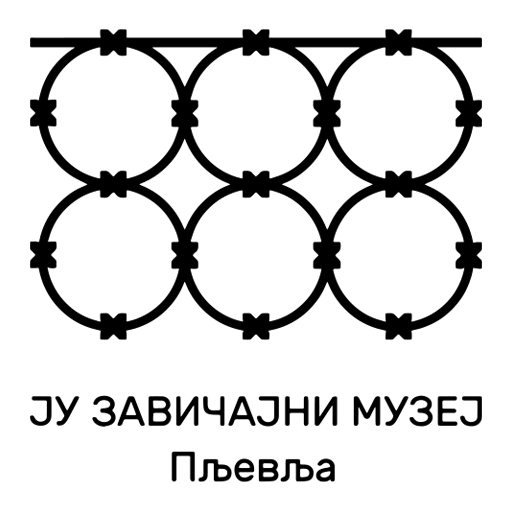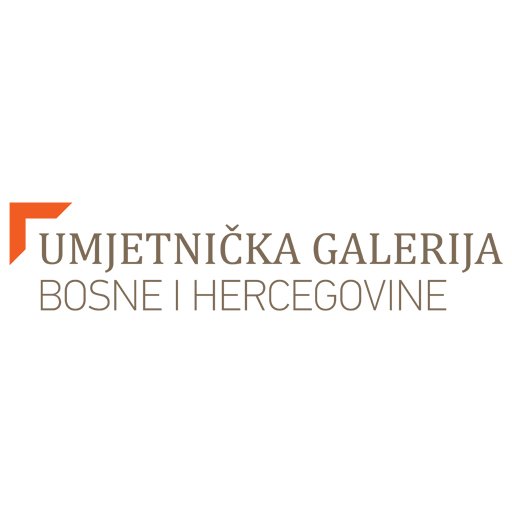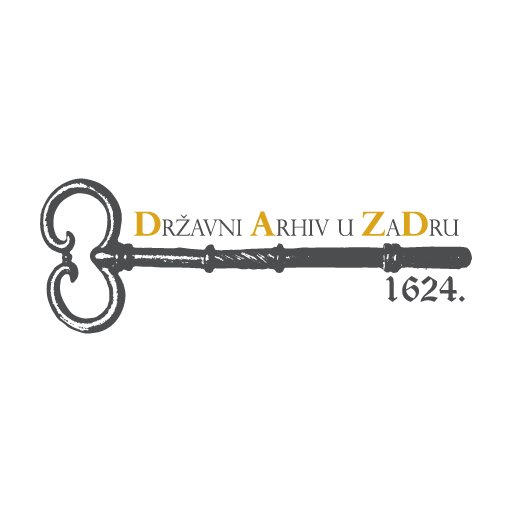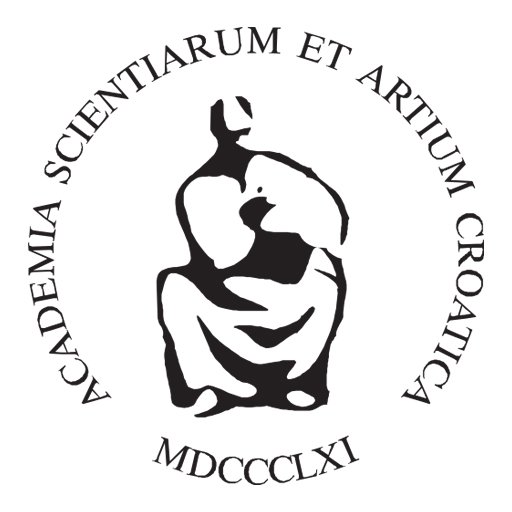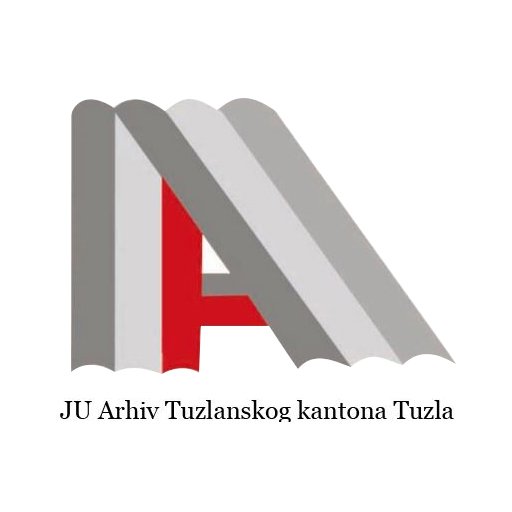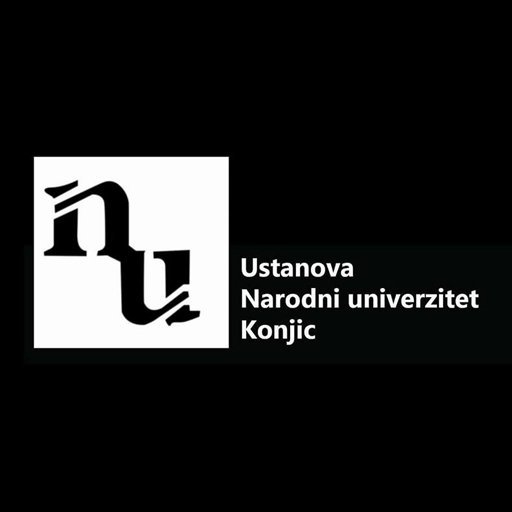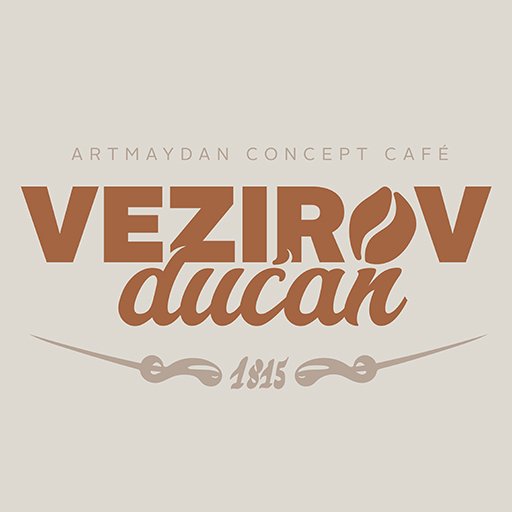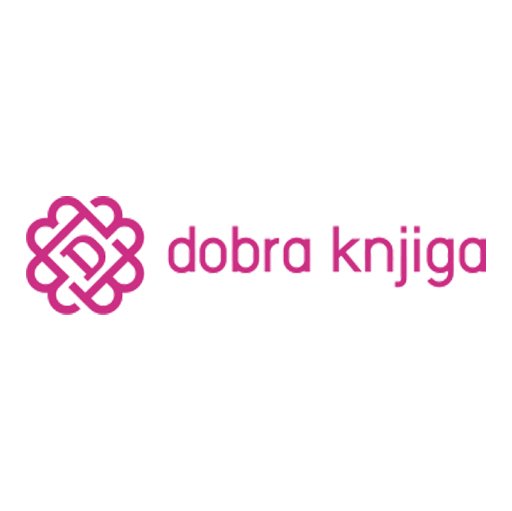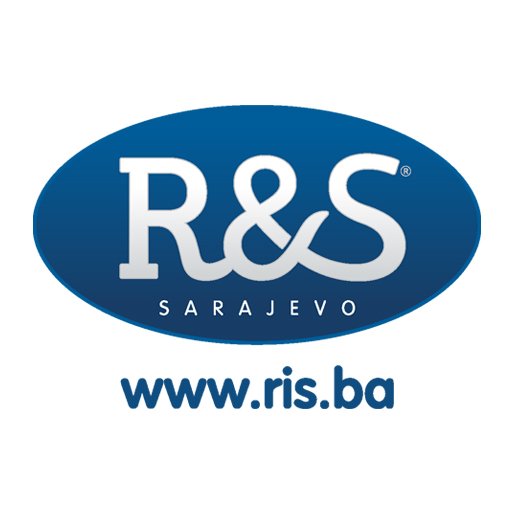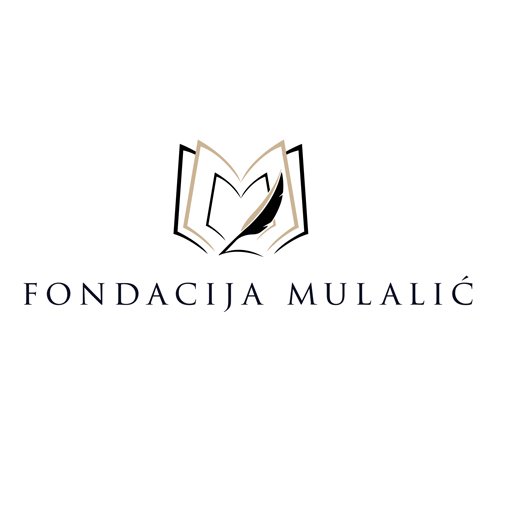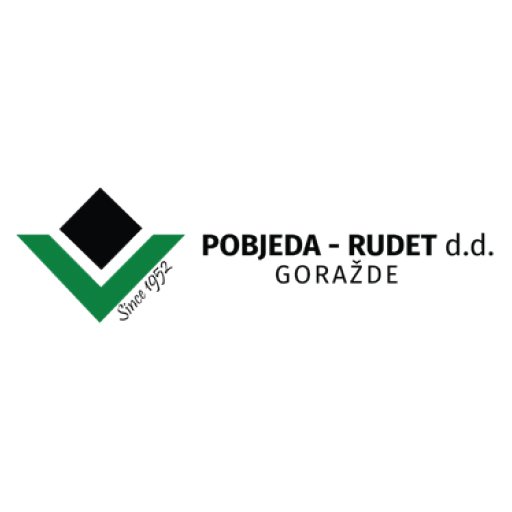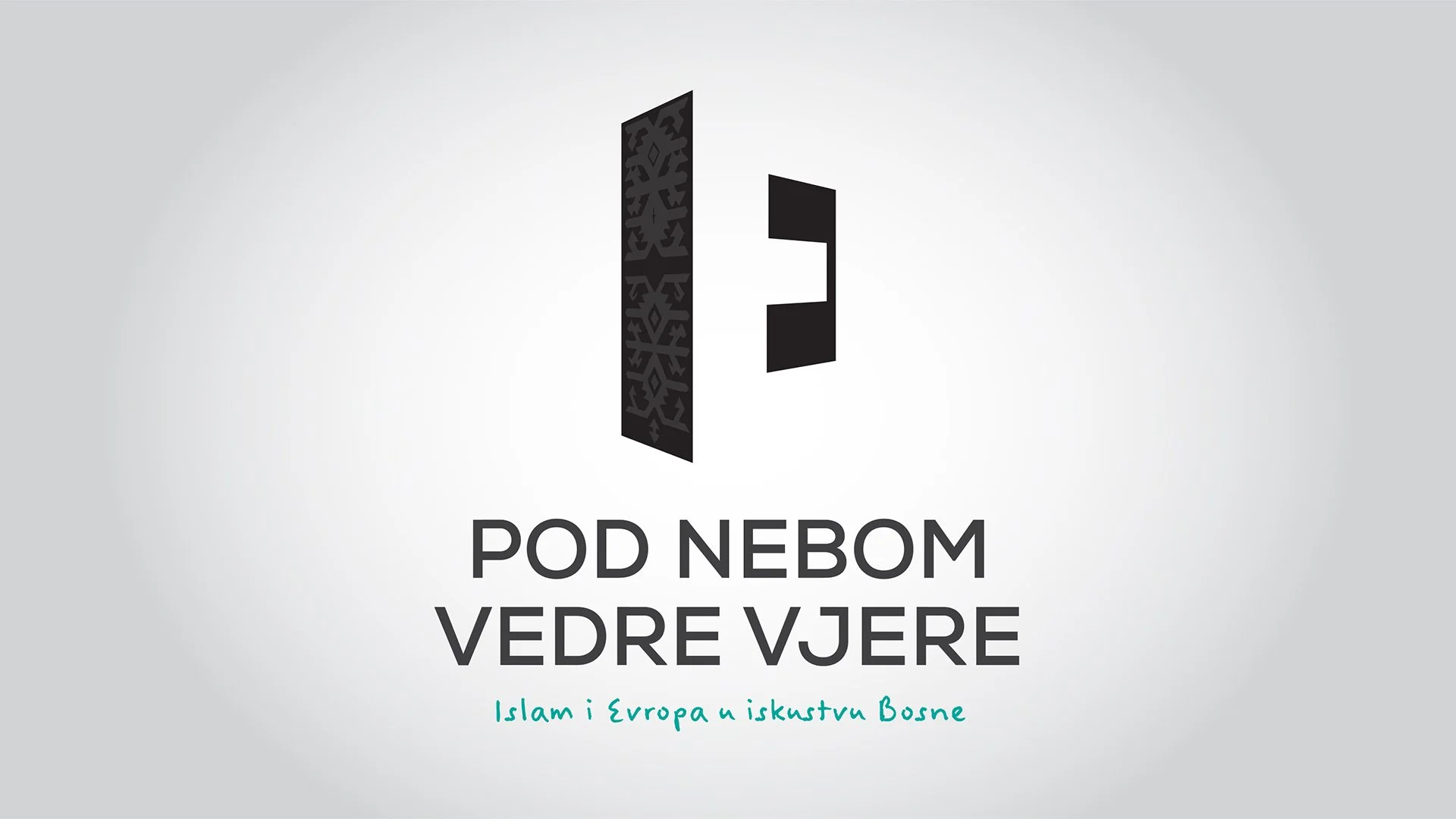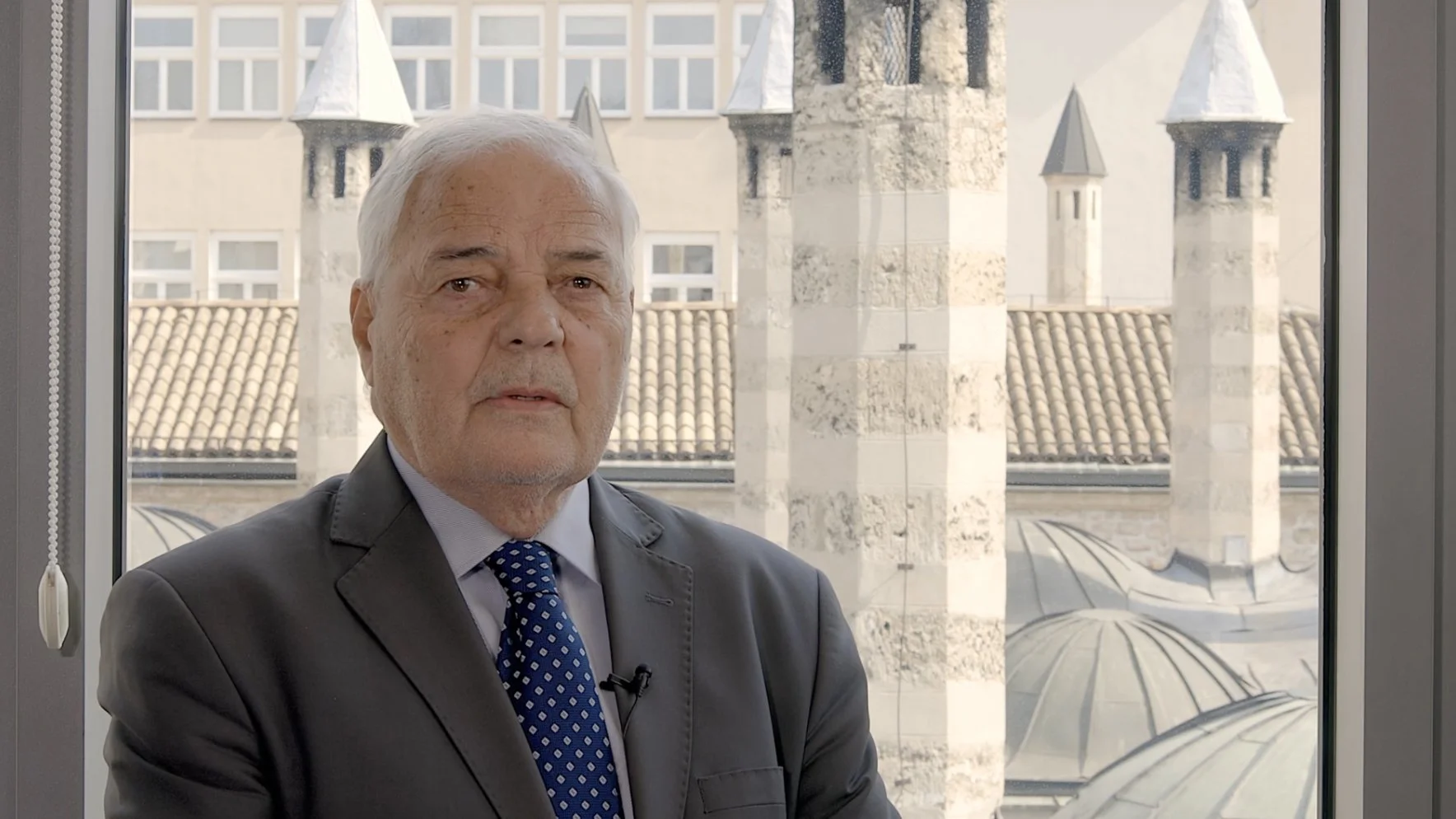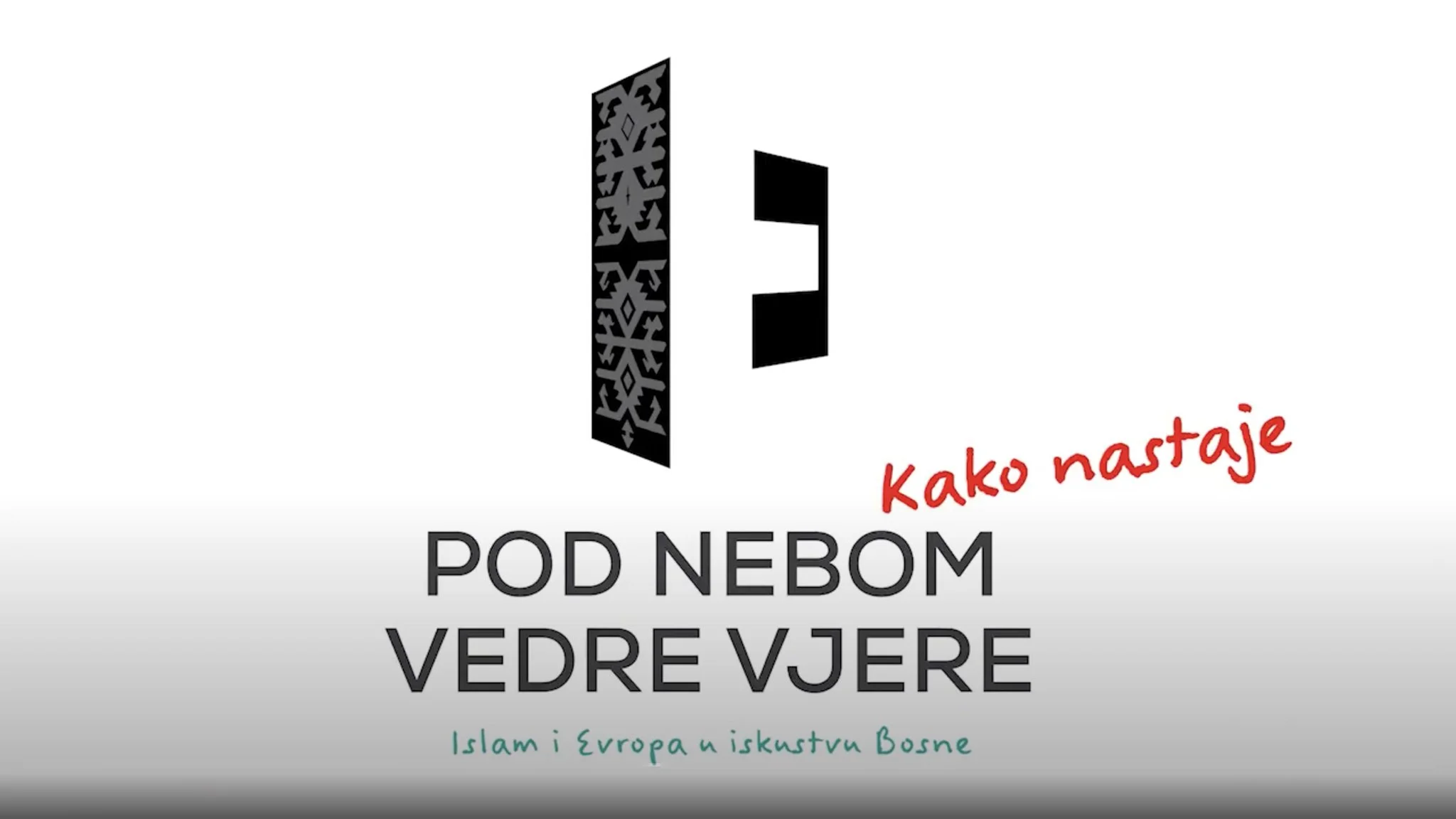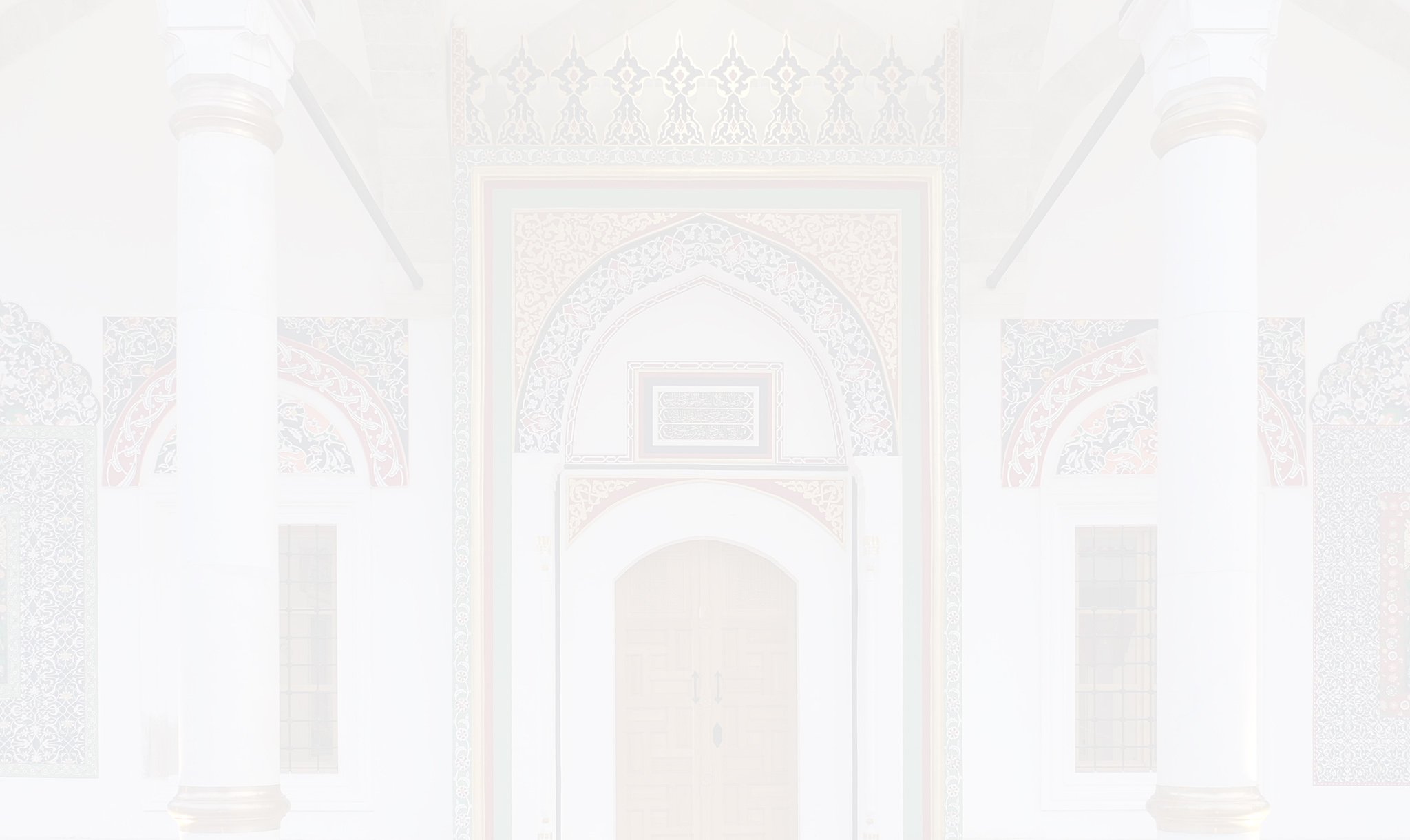
In the contemporary age, social and public expressions of religion are often reduced to a spectacle, to different ideological responses to secularization and to political stereotypes and instrumentalizations. The past two decades have particularly witnessed the prevalence of the abuse of religion for the purposes of political activity and the achievement of particular political agendas, political superiority based on intimidation and uncertainty, and extremist activity.
Islamic religious life in Bosnia and Herzegovina, where for centuries generations of Muslims have established and shaped their moral and social upbringing as well as their aesthetic and social values, has been affected by various forms and strategies of distortion and obscuration. Quite often, prejudice, fears, mistrust and rejection proliferate, which is detrimental to everybody, both for Muslim Bosniaks of Bosnia and Herzegovina as a whole, and for members of other religious communities. Among other things, such media and political representations encumber the prospects, possibilities and opportunities of Bosnia and Herzegovina as a democratic state and a future EU member.
The regional public, particularly the European cultural and political public, is not adequately familiar with the Islamic culture of Bosnia and Herzegovina, its achievements and values, openness and progressiveness, or its contribution in the European context to the promotion of moral, educational, aesthetic, artistic, academic and general civilizational achievements.
Moreover, some intellectual, media and political circles in the region and in Europe view Bosnian and Herzegovinian society as a potential threat due to the significant presence of Islam and Muslims in the country. We often witness the presentation of Islam in the West, and in some Muslim interpretations and practices, in simplified, ideological, propagandistic stereotypes of unfounded dispute or advocacy.
It is for this reason that the Riyasat of the Islamic Community in Bosnia and Herzegovina has initiated a project which is simultaneously investigative, educational and promotional-informative, and which aims, through an extensive multidimensional and multimedia presentation, to familiarize the public with the cultural-civilizational heritage, the intellectual, educational and artistic achievements, and the moral, aesthetic and social values and ideals of BiH Muslims, with their spiritual, cultural and civilizational openness, their potential for connectivity, and their deep historical experience of pluralistic life, co-existence, dialogue and interconnection with other religions and religious cultural traditions.
Thus, the project should credibly demonstrate how Bosnian Muslims, in their modern Islamic identity and their cultural-civilizational and historical-spiritual vitality and openness, are integrated in modern European democratic, enlightened and humanitarian values and trends.
Prof. Dževad Hodžić, PhD
Director of Administration for Education and Science
EXHIBITION GUIDE:
PROJECT SPONSORED BY:
GENERAL SPONSOR:
GOLD SPONSORS:
SILVER SPONSOR:
THIS PROJECT IS SUPPORTED BY:
PROJECT PARTNERS:
FRIENDS OF THE PROJECT:
CONCEPT OF THE EXHIBITION

Within its twenty-three themes and areas of inquiry, the exhibition Under the Sky of Bright Faith – Islam and Europe in the Bosnian experience presents the centuries-long presence of Islam in Bosnia and Herzegovina through the self-understanding of Bosnian Muslims and their encounters with other religious and cultural traditions during the challenges of decisive historical and socio-political moments, in the interpretations of the European intellectual scene, in their exceptional cultural, academic, artistic, spiritual and intellectual expression, through institutions and prominent individuals, in the prism of diversity and the distinctive features of the Bosnian worlds of Islam within European culture, through the world of its privacy, and through its fundamental postulates and values. The exhibition is not guided by the aspiration to merge and systematize the entire body of knowledge, information, perceptions and documents of the Bosnian world of Islam. It is an exhibition which is the first to gather, in a single place, a variety of documents, sources, testimonies and interpretations of Islam in Bosnia and Herzegovina, thus presenting a distinctive history of the spirituality and culture of Islam in these regions. The exhibition highlights the authorial and investigative approach since, as the British diplomat and historian E. Hallett Carr (1892-1982) reminds us, history always means interpretation.
The twenty-three topics are entitled as follows:
Europe in the mirror of Bosnia (how Europe has perceived Bosnia and Bosnian Muslims over the centuries);
From Kulin ban to the present day (basic documents from the social and political history of Bosnia and Bosniaks);
The Eastern Question (seminal personalities and events from the political, social and cultural history of Islam in Bosnia and the definition of the European “Eastern Question” in the instance of Bosnia);
Islam through time (works of polemical, critical and reforming character and leading intellectual representatives of their time);
Diversity (the wealth of the cultural-traditional diversity of Bosnian Muslims as a distinctive phenomenon within European culture; the harmonization of essential religious requirements and cultural-historical particularities);
Islam in plural (the centuries-long experience of the co-existence of different religions in Bosnia and Herzegovina);
The city (the city as a central place for developing and spreading the culture of Islam - examples from Bosnia);
Institutions (fundamental institutions of Islam in Bosnia and their historical context);
Knowledge and education (knowledge as the central concept of the socio-cultural evolution of Islam and as a crucial determinant of Islamic institutions in Bosnia, and of their life and growth);
The culture of the book (the central place of the book in the culture and spirituality of Muslims in Bosnia);
Allah is Beautiful and loves beauty: high art (the idea of the Beautiful in Islam; the significance of Beauty in Islam; the highest attainments in the art and architecture of Islam in Bosnia);
Sevdah (sevdalinka and intangible culture; music in the Bosniak Islamic tradition);
Mystical Islam in the Bosnian world (dervish orders, the Sufi-dervish tradition of Bosnian Muslims);
Charity (charity in the spiritual-historical perspective of Bosnian Muslims);
This world and the hereafter (the intertwining of life and death in Islam; attitude towards death; Bosnian Muslims’ customs related to death);
Intimate spaces (the relationship between the public and the private in Islam; the Bosnian house);
The woman (the position of the Muslim/Bosniak woman in social, intellectual, cultural, artistic and academic life);
Living waters (the cult of water in Islam; water in the life, religion and culture of Bosnian Muslims)
Green Islam (nature, light, greenery, cleanliness in Islam – examples from Bosnia);
Interweaving (the interweaving of different religious and cultural traditions in Bosnia and Herzegovina);
Ćeif and merak (Islam as a space of brightness, life energy, “yes” to life).
Contemporary reverberations (reflections of the culture of Islam in contemporary literature, music, art, architecture and design in Bosnia);
Stars in the Eastern and Western Sky (famous Bosniaks in the social, academic, cultural and artistic life in the West and East over centuries).
A significant part of the presented materials in almost all of the twenty-three sections will pertain to items related to Islamic architecture and art, which in turn confirms and illustrates the significance of Beauty in Islam and the inseparable intertwining of culture and spirituality in Islam. Along with the socio-political, cultural-historical, religious-spiritual area of Islam in Bosnia and Herzegovina, the exhibition will present works of Islamic art and architecture in Bosnia and Herzegovina, from the early emergence of Islam in these regions to this day. The sections will present, juxtapose and link archival documents, facsimiles, manuscripts, historical maps, old postcards, books and periodicals, photographs, audio, video and 3D recordings and modelling in AR/VR technology, as well as numerous valuable artefacts which belong to the domain of fine and applied arts, in the form of unique works in metal, glass, ceramics, wood, textile, stone, precious metals, and on paper. Original paintings, prints and works of unique design will also be presented.
This interdisciplinary multimedia exhibition, which is being prepared and set up by a large number of prominent academics in the field of social studies and humanities and a large number of field researchers, will be the first to use the most modern modalities of production and presentation with the aim of proffering and critically evaluating such rich material, collected from a number of local and international museums, galleries, private collections, archives, institutes and libraries, which reflects the dynamic, complex and comprehensive socio-political history of Islam and Islamic spirituality, culture, science and art in Bosnia and Herzegovina, through the challenges of different historical epochs and in its contributions to European and world culture, spirituality and heritage.
Prof. Aida Abadžić Hodžić, PhD
Author of the concept, leader of the research project and main curator
OBJECTIVES OF THE PROJECT
UNDER THE SKY OF BRIGHT FAITH - ISLAM AND EUROPE IN THE BOSNIAN EXPERIENCE

The aim of the extensive, multidisciplinary and multimedia exhibition project, Under the sky of Bright Faith – Islam and Europe in the Bosnian experience, is to present:
to a professional audience and the public at large, in the most comprehensive way possible, the centuries-long presence of Islam and Bosnian Muslims in the cultural, scientific and public life of Europe, with an emphasis on the distinctiveness of Islam and its spiritual and historical manifestations in Bosnia and Herzegovina;
the presence, contributions and values of Bosnian and Herzegovinian Muslims in various fields of activity, in various historical, socio-political and cultural contexts, and through centuries-long encounters and the intertwining of the Western and Eastern cultural and civilizational circle;
the human, social, moral and aesthetic values, and the cultural and civilizational achievements and potential of Bosnian and Herzegovinian Islam;
an openness to dialogue, and a capability for co-existence, democratic values and pluralistic social life;
the vitality, dynamism and creativity in the academic, educational and social responses to historical challenges;
the compatibility of Bosnian Muslims with modern cultural and political norms, values and ideals;
the contribution of Islam and Muslims to the urbanistic development of Bosnia and Herzegovina;
Islamic art and artistic forms, content and expression inspired by Islamic sentiments and the understanding of the Beautiful in Bosnia and Herzegovina;
the culture of Islam in Bosnia and Herzegovina as a reflection of the universal values of Islam, and the particularities of the BiH environment through valuable encounters and the linking and intertwining of different cultures and traditions;
the charming, bright, optimistic face of the Islamic sense of reconciliation between this world and the hereafter, life and death, and the material and the spiritual in the mystery of the Beautiful and the Sublime;
the building and strengthening of trust in cultural exchange and the convergence between people, nations and religious communities in the country, the region and the EU;
the strengthening of and support to the Bosnian and Herzegovinian road to the EU;
the promotion of the clear commitment of the Islamic Community of BiH to interreligious dialogue and co-existence.
Most contents and holdings of the exhibition Under the sky of Bright Faith – Islam and Europe in the Bosnian experience will provide a significant contribution to the foundation and conceptualization of the Museum of Islamic Art in Bosnia and Herzegovina, the museum collection of the Islamic Community.
ISMET VELADŽIĆ - Project manager
TEAMS, PROFESSIONAL BODIES, COUNCILS
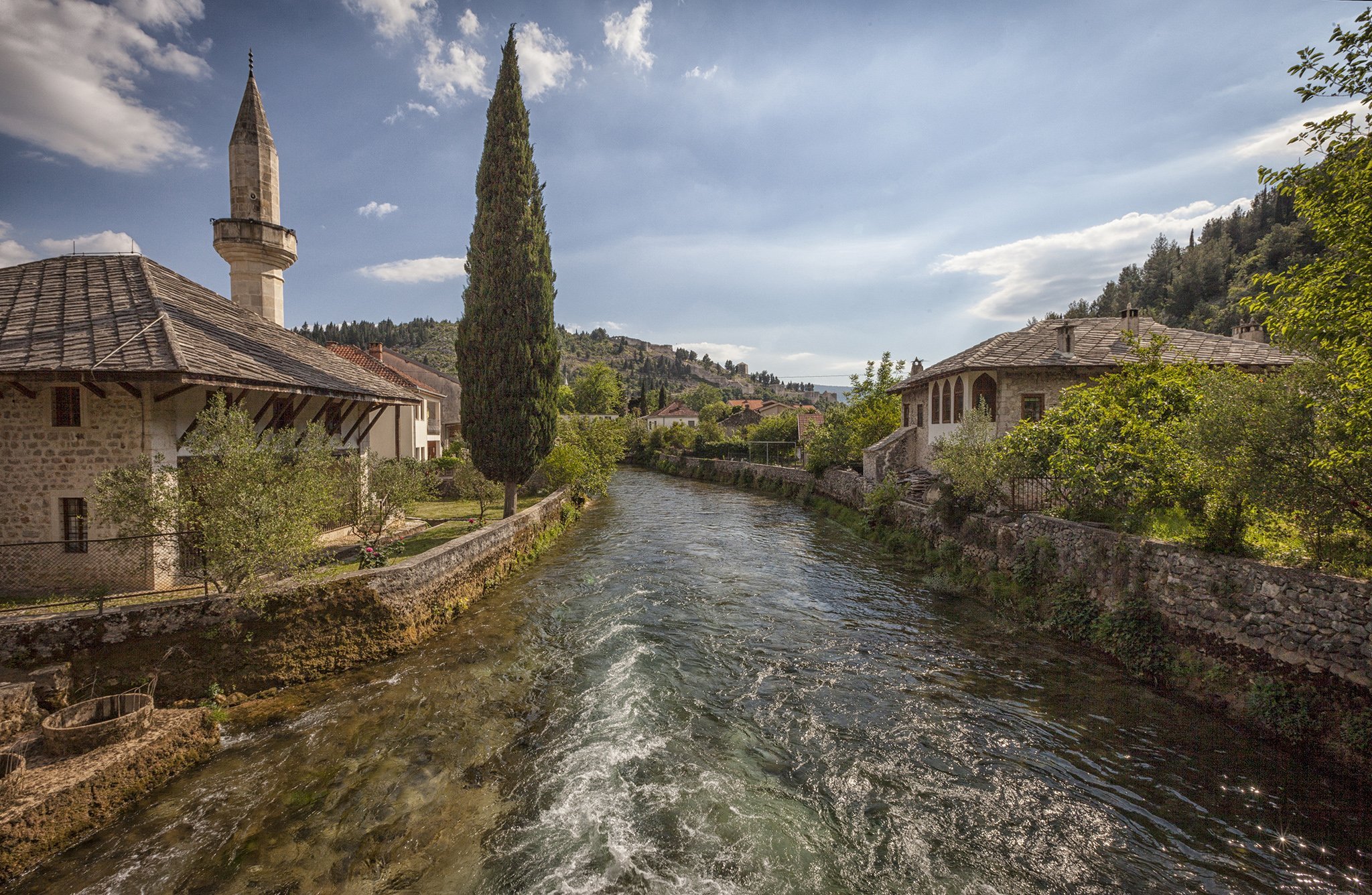
The project will gather prominent experts from various fields of the social sciences and humanities. Using classical and contemporary exhibition forms, including photographs, documents, facsimiles, original works of art and applied arts and crafts, models, drawings and video creations, the project will display various modalities of presentation and production, which include ambient drone recordings of whole units and 3D simulation and modeling software. These will in turn be used for shaping the experience of visiting the interior of certain facilities, through the reconstruction of authentic interiors with the technology of virtual and augmented reality.
The preparation and the production of the exhibition will involve multidisciplinary scientific research, the selection of extensive material and the consultation of a large number of sources, as well as cooperation with numerous museums, galleries, archives, institutes and private collections in Bosnia and Herzegovina and abroad. For this reason, the Administration for Education and Science of the Riyasat of the Islamic Community of BiH has formed professional teams, councils and boards in charge of various stages of preparation, implementation, production, promotion and support for the project.
Throughout the project, online platforms on the web and on social networks, such as Facebook and Instagram accounts, will be active and will be opened specifically for the project. Articles, photographs and videos will cover the selection and preparation of artefacts by publishing and briefly presenting individual exhibits in short time intervals. In this way, the public at large will gain access to visual presentations (with photographs, videos), which will provide important information on the segments of the exhibition by means of short accompanying texts/publications.
Patron of the exhibition is Raisu-l-ulama of the Islamic Community in BiH Husein-efendija Kavazović. Author of the concept, leader of the research project and main curator is Prof. Aida Abadžić Hodžić, PhD. Promotion and Support Board consists of Rifat Fetić, Safet Softić, mufti Prof. Nedžad Grabus, PhD, mufti Remzija Pitić, Prof. Dževad Hodžić, PhD, Razim Čolić, Ismail Smajlović, Mensur Karadža, Zejnil Rebihić.
In the initial stage of preparation of the project, the Administration for Education and Science of the Riyasat of the Islamic Community in Bosnia and Herzegovina appointed an Expert Team for preparing a proposal for a broad selection of potential exhibits, according to the research segments of the exhibition.
After making a broad selection of about 800 units, the Administration for Education and Science of the Riyasat of the Islamic Community in BiH formed an Editorial Board (Ekrem Tucaković, PhD, Lejla Bektaš, Prof. Enes Karić, PhD, Prof. Hilmo Neimarlija, PhD, Meho Šljivo, MA, Hikmet Karčić, PhD, Prof. Ibrahim Krzović, PhD, Nirha Efendić, PhD, Prof. Aida Idrizbegović Zgonić, PhD, Samedin Kadić, PhD, Osman Lavić, MA, Aida Smailbegović, PhD, Aziz Kadribegović, Amina Rizvanbegović Džuvić, MA, Kenan Šurković, Mirsad Ovčina, Hamza Ridžal). The task of the Editorial Board is to make a shortlist of works for the exhibition, in cooperation with the Curator Team. The Board also provides suggestions for the captions and descriptive texts that will accompany the exhibition units.
The Curator Team (Prof. Ismet Bušatlić, PhD, Assoc. Prof. Haris Dervišević, PhD, Amra Madžarević, Lebiba Džeko, MA,) is in charge of the concept, selection and setup of the exhibition, the preparation of captions and accompanying texts, and cooperation with the production team and the social networks editor.
Research Team (Šefko Sulejmanović, PhD, Hajrudin Balić, PhD, Suad Mahmutović, MA and Azem Feriz) coordinates research activities in the Una-Sana, Tuzla and Herzegovina-Neretva Canton, respectively. The research pertains to collecting exhibits that are stored in archives, libraries or other places in these regions for the purpose of setting up the exhibition.
The Exhibition Producer (Mirza Hasanefendić, MA) cooperates with the Curator Team and Editorial Board to conceive and produce the forms, media and content of the exhibition units, exhibits and topics, and the scenery of the exhibition.
The Team for Media Presentation and Social Networks (Nedim Hrbat and Lamija Hasanefendić, MA) coordinates the media coverage of the project, and its promotion on social networks.
The Project Team is headed by the project manager (Ismet Veladžić), together with the finance assistant (Muhedin Garanović), administrative affairs assistant (Lejla Bektaš) and assistant for Legal Affairs (Nihad Mehmedović).
Promotion and Technical Support team (Nezir Halilović, PhD, Seid Eminović, MA and Mesud Smajić) is in charge of promotion in educational institutions of the Islamic Community, public schools and press, as well as of promotion of the catalogue and technical setup of the exhibition.
Language-editing and Translation Team (Amina Uzunalić, Milica Babić, Gina Landor) is responsible for language-editing the Bosnian text, translating and language-editing of the English translation.
Most of the content and holdings of the exhibition, Under the sky of Bright Faith – Islam and Europe in the Bosnian experience, will provide a significant contribution to the foundation and conceptualization of the Museum of Islamic Art in Bosnia and Herzegovina, the museum collection of the Islamic Community.
PROMOTIONAL VIDEO UNDER THE SKY OF BRIGHT FAITH - ISLAM AND EUROPE IN THE BOSNIAN EXPERIENCE

MAKING OF
UNDER THE SKY OF BRIGHT FAITH - ISLAM AND EUROPE IN THE BOSNIAN EXPERIENCE





































